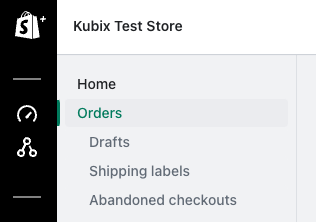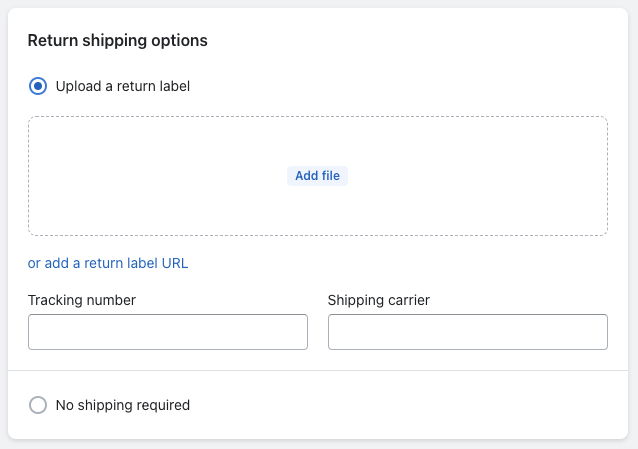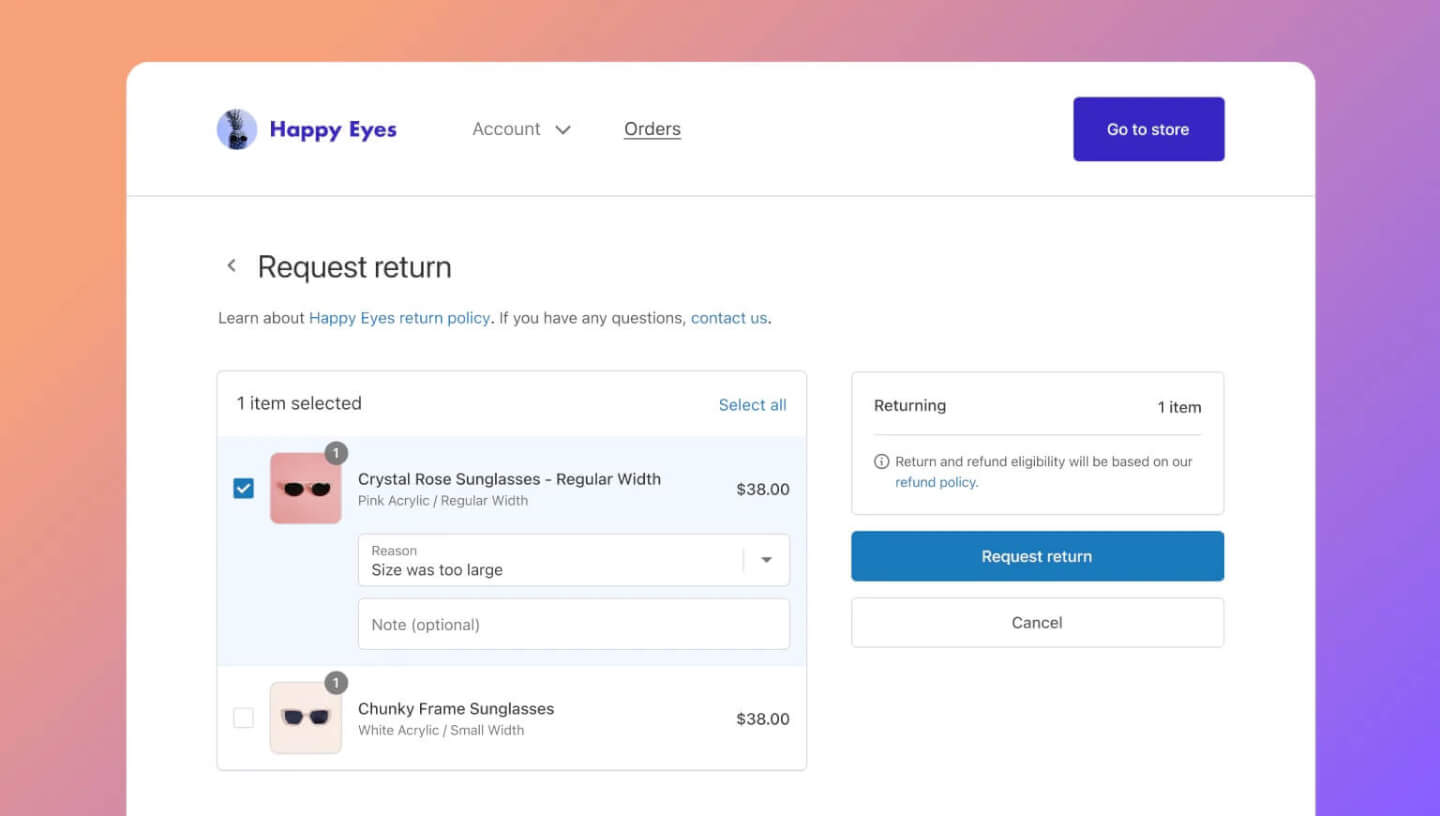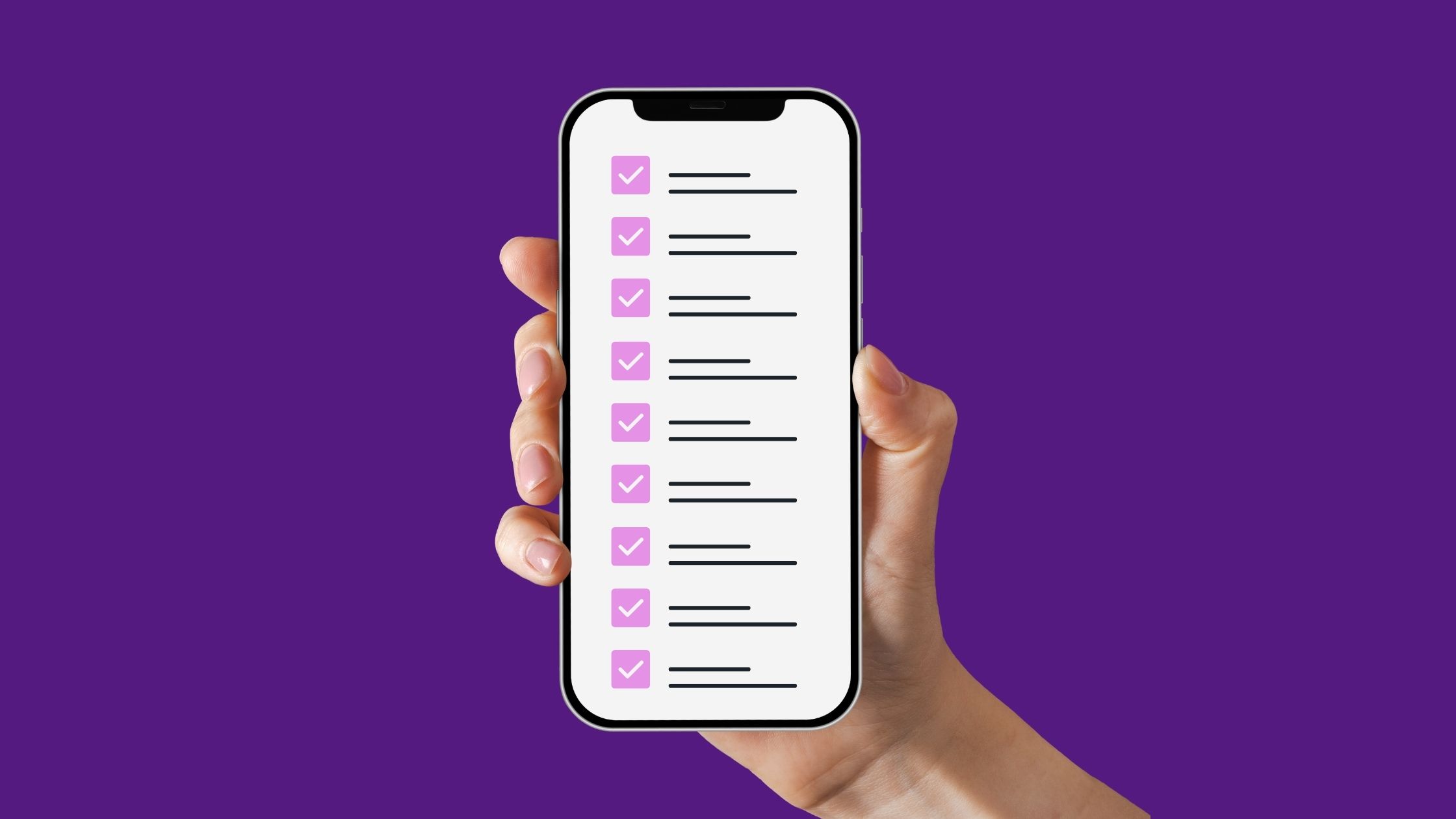Interview multiple candidates
Lorem ipsum dolor sit amet, consectetur adipiscing elit proin mi pellentesque lorem turpis feugiat non sed sed sed aliquam lectus sodales gravida turpis maassa odio faucibus accumsan turpis nulla tellus purus ut cursus lorem in pellentesque risus turpis eget quam eu nunc sed diam.
Search for the right experience
Lorem ipsum dolor sit amet, consectetur adipiscing elit proin mi pellentesque lorem turpis feugiat non sed sed sed aliquam lectus sodales gravida turpis maassa odio.
- Lorem ipsum dolor sit amet, consectetur adipiscing elit.
- Porttitor nibh est vulputate vitae sem vitae.
- Netus vestibulum dignissim scelerisque vitae.
- Amet tellus nisl risus lorem vulputate velit eget.
Ask for past work examples & results
Lorem ipsum dolor sit amet, consectetur adipiscing elit consectetur in proin mattis enim posuere maecenas non magna mauris, feugiat montes, porttitor eget nulla id id.
- Lorem ipsum dolor sit amet, consectetur adipiscing elit.
- Netus vestibulum dignissim scelerisque vitae.
- Porttitor nibh est vulputate vitae sem vitae.
- Amet tellus nisl risus lorem vulputate velit eget.
Vet candidates & ask for past references before hiring
Lorem ipsum dolor sit amet, consectetur adipiscing elit ut suspendisse convallis enim tincidunt nunc condimentum facilisi accumsan tempor donec dolor malesuada vestibulum in sed sed morbi accumsan tristique turpis vivamus non velit euismod.
“Lorem ipsum dolor sit amet, consectetur adipiscing elit nunc gravida purus urna, ipsum eu morbi in enim”
Once you hire them, give them access for all tools & resources for success
Lorem ipsum dolor sit amet, consectetur adipiscing elit ut suspendisse convallis enim tincidunt nunc condimentum facilisi accumsan tempor donec dolor malesuada vestibulum in sed sed morbi accumsan tristique turpis vivamus non velit euismod.
With the right approach, Shopify returns can be transformed into opportunities for building trust and enhancing customer loyalty. This blog will guide you through the best practices to handle customer returns on Shopify.
1. Set Up Your Return Policy
Before diving into the process of handling returns, it's important to understand Shopify's approach to return policies. Shopify doesn't set a return policy for the stores hosted on their platform; instead it allows each store to create its own return and refund policies. We recommend that you design a return policy that's fair, easy to understand, and customer-centric.
Having a clear and fair return policy can help you build trust with your customers. Make sure to be transparent about your return process, deadlines for returns, the condition items need to be returned in, and who will cover the return postage costs. Your policy should be displayed prominently on your website, and it should also be linked to in your customer correspondence, such as purchase confirmation emails.
It’s also vital that your policy abides by the laws of the countries your business operates in, such as the Consumer Rights Act 2015 in the UK. So be sure to do your research beforehand, and seek independent legal advice if you’re not sure.
2. Process Your Returns
Once a customer gets in touch asking to return their order, it’s time to process the return. Evaluate the return request against your Returns Policy, and if it meets requirements, follow the steps outlined below:
- Within your Shopify admin, go to ‘Orders’.

- Click on the order that you would like to refund.
- Click on the ‘Return’ button.

- Enter the quantity of items in the order that are due to be returned.
- In the ‘Return shipping options’ section, select one of the following options:
- ‘Upload return label’ to upload a pre-made return label (arranged through your chosen postage/shipping provider). On the ‘Add return label’ page, upload the PDF or JPEG file for your postage label. You can also enter any tracking details here too.
- Select ‘No return shipping’ to create a return without any return shipping information (such as if you’re handling return postage separately outside Shopify).

- Click ‘Create return’.

Your return will now be set up, with your return label sent out via email to the customer. Once you’ve received the returned item, you can confirm receipt and process a refund, and also restock the returned item.

3. New Feature - Self-Serve Returns
While following the return procedure is perfectly straightforward for occasional returns, if your business receives hundreds or even thousands of orders everyday, managing returns could quickly become a full-time job.
Thankfully, a brand new feature from Shopify aims to change that. Using the new customer accounts functionality unveiled during Shopify’s Winter Editions, self-serve returns allows customers to request a return from within their account. With a few clicks, a customer can set up a return request themselves, meaning all you’ll need to do is accept or decline their request.
Even the acceptance part of the process can now be streamlined too, with Return Rules, yet another new feature. Return Rules allows you to institute your return policies as rules which will automatically give (or not give) customers the option to arrange a return. For example, if you accept returns only within 30 days of an order being placed, after that time period, the option to return will no longer be available. This feature is currently in ‘early access’ and is rapidly being rolled out to more merchants over time.
Learn how to set up self-serve returns here.
4. And/Or Use a Return Management App
Shopify's App Store offers several return management apps to further automate and streamline your return processes. Apps like AfterShip Returns or Returnly can help you handle returns efficiently, from return request to refund or exchange. These apps allow you to customise your return policies, generate return labels, track returned items, and provide analytics to help reduce return rates in the future.
5. Analyse and Learn from Returns
Every return is a learning opportunity. By analysing your return data, you can gain insights into why customers are returning orders and use this information to improve your products or processes. For instance, if a product gets returned often due to sizing issues, consider revising your size guide or providing more detailed product descriptions.
Insights like these will help you not only reduce return rates, but also highlight issues with your products, website and overall user experience, in turn leading to improvements that will improve customer satisfaction and drive sales.
Getting Return Ready
Handling customer returns efficiently and professionally can go a long way in maintaining customer satisfaction and loyalty, even when they have had a less-than-ideal experience with a product. By employing clear policies, making use of automation tools, and treating every return as an opportunity for improvement, you can turn returns into a powerful tool for your Shopify store's growth.
Need a hand to take your store to the next level? Check out our Store Operations page and discover how we can help.
Block Quote









